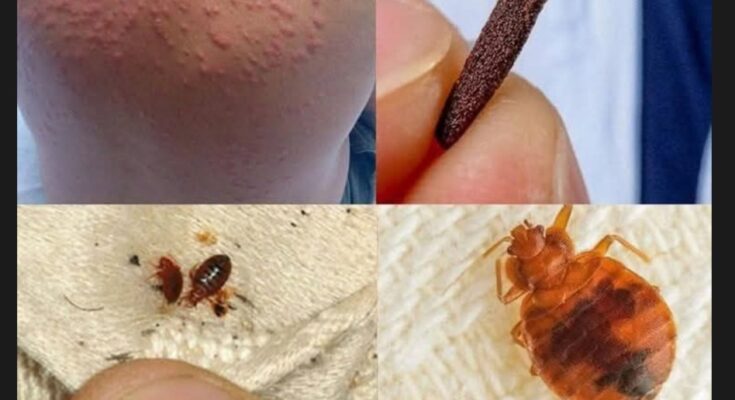Swimmer’s Itch
Swimmer’s Itch is caused by microscopic larvae that penetrate the skin upon contact. Although humans are not suitable hosts, the larvae can burrow into the swimmer’s skin, triggering an allergic reaction and an itchy, acne-like rash that can spread across the body. The rash typically lasts between one week and ten days, with no long-term effects. Swimmer’s Itch can occur in both freshwater and saltwater environments.

Seabather’s Eruption
Seabather’s Eruption primarily affects areas covered by a swimsuit and is caused by the larvae of anemones and jellyfish, which are extremely small. These organisms become trapped in a swimmer’s bathing suit and release toxins, leading to a rash. A stinging sensation or itchiness can begin almost immediately after exiting the water, and symptoms may persist for up to fourteen days. Like Swimmer’s Itch, there are no long-term effects. Seabather’s Eruption is most commonly encountered after swimming in saltwater.

Treatment:
- Wash swimsuits and any clothing worn in the water with soap and freshwater (not seawater).
- Apply over-the-counter (OTC) anti-itch creams, such as hydrocortisone, to affected areas to reduce itching and prevent scratching, which may lead to scarring.
- Take OTC antihistamines, such as diphenhydramine (Benadryl®), to relieve symptoms.




